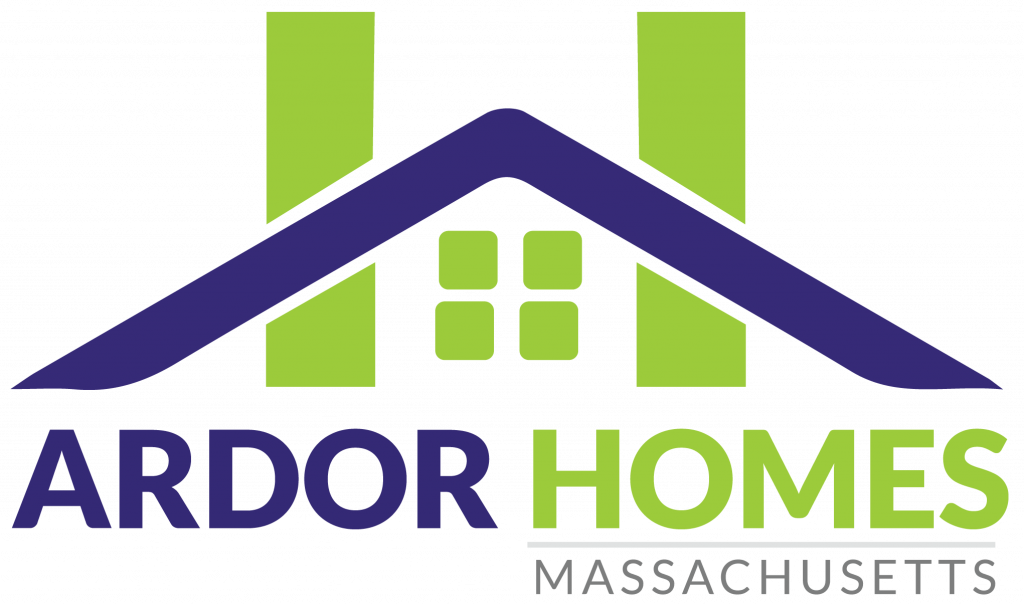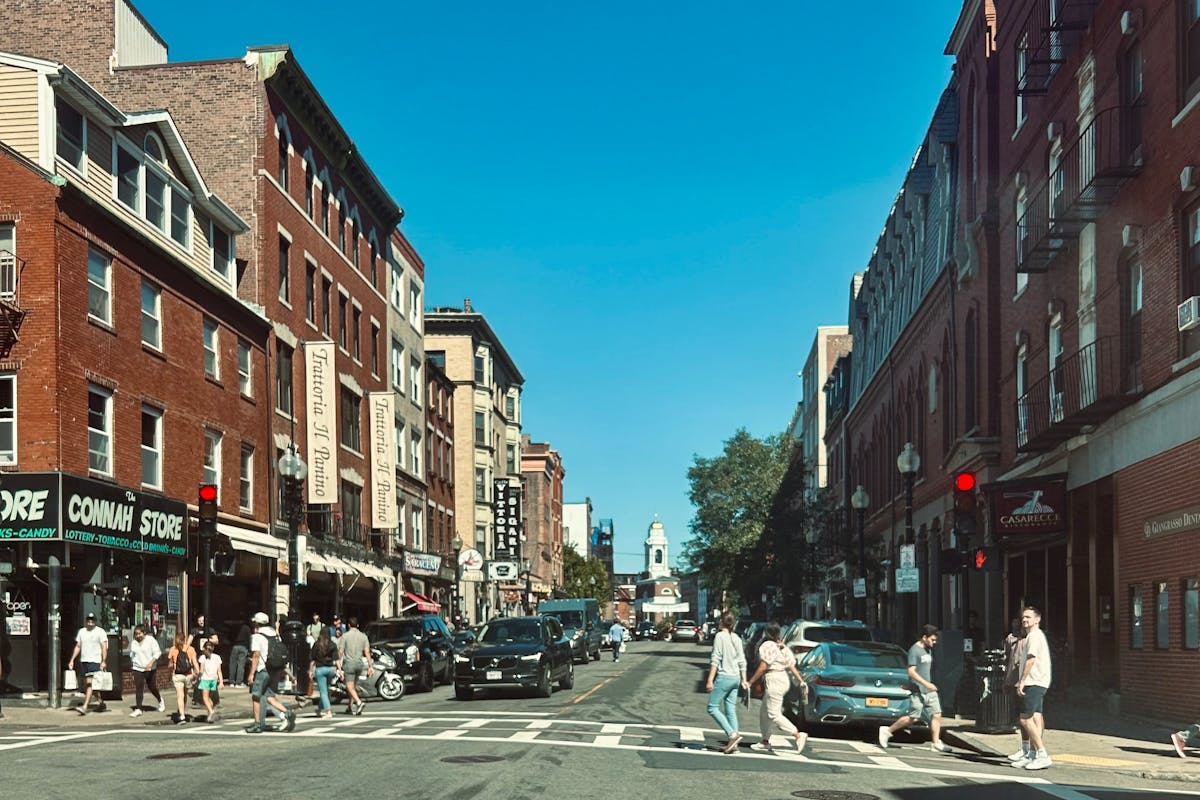
House prices have risen dramatically, making it increasingly difficult for low-income buyers to get a foot on the housing ladder. Low-income individuals face several barriers to secure a mortgage. These range from down payment requirements to debt-to-income (DTI) ratio limit, and the appropriate credit scores.
However, buying a home with low income may be more achievable than you think. Gone are the days when becoming a homeowner required huge figures.
Both private and government-sponsored programs are available to assist low-income individuals with buying their dream homes, and there’s a probability you qualify for at least one of them.
If you’re wondering how to buy a house with low income, this guide will get you started on your path to homeownership.
Different Types of Low-Income Home Loan Programs
Even if your earnings are low, various programs are available to assist you with a home purchase. Here’s a rundown of ten standard loan programs aimed at helping low-income individuals become homeowners.
1. HomeReady and Home Possible Mortgages
The HomeReady program from Fannie Mae and the Home Possible loan from Freddie Mac both have reasonable down payment requirements. There’s no minimum needed contribution from the borrower, and just a down payment of 3% of the home’s purchase price is required. That means the funds can come from a gift, grant, or loan from a trustworthy source.
The home seller can pay up to 3% of the purchase price in closing fees. Ask the seller to fund your closing fees instead of negotiating a lower sales price. A HomeReady or Home Possible loan has a lower PMI rate than a typical conventional loan.
For certain, for low-income home loans, payment of private mortgage insurance (PMI) may also be waived. You’ll probably get a lower PMI rate than borrowers with standard mortgages, which might save you lots of money month after month.
If you have a minimum credit score of 620 and your household income is below local income restrictions, you may be eligible for HomeReady or Home Possible.
2. Housing Choice Voucher Program
The Housing Choice Voucher homeownership program (HCV) assists low-income families with rental and home purchase assistance. This financing program, often known as Section 8, allows low-income homebuyers to use housing vouchers to purchase their own homes.
As local housing authorities sponsor these voucher programs and eligibility varies by location. Nonetheless, the general requirements mandate you to be a first-time homebuyer and complete a homeownership and counseling program before receiving aid.
Remember that voucher programs aren’t available in all states, and there are restrictions on how much you may sell the home for later.

3. Federal Housing Association (FHA) Loan
The Federal Housing Administration backs the FHA mortgage program. If your credit score is 580 or higher, you may qualify for an FHA loan that requires as little as a 3.5 percent down payment.
This loan has fewer restrictions, benefiting low-income borrowers or those with poor credit records. With this financing, you may also pay fewer closing expenses.
However, FHA loans come with lifelong mortgage insurance if your down payment is less than 10%, which can be a disadvantage. Also, the home you wish to buy must pass an assessment to guarantee it satisfies FHA safety criteria.
4. Veterans Affairs (VA) Loan
VA loans are available to active-duty service members, veterans, and surviving spouses and are possibly the most generous type of low-income mortgage. You won’t have to put any money down or pay mortgage insurance with a VA loan, and closing costs may be lower than with other loans. You might also get a lower interest rate than with other financing options.
Furthermore, VA loans have lifelong benefits, which means you can acquire one as many times as you qualify. However, you’ll have to pay a funding fee for this loan, depending on whether you’ve previously obtained a VA loan and how much down payment you’re paying. That’s an extra cost to think about.
Also, you need to have good credit, a steady income, and a Certificate of Eligibility from the Veterans Affairs to qualify for a VA loan. In addition, the loan amount can’t exceed the appraised worth of the residential property.
5. United States Department of Agriculture (USDA) Loan
The USDA loan, like the VA loan, is a liberal mortgage option that requires no money down. You also don’t have to be a first-time buyer to qualify for USDA loans.
However, the home must be in an approved rural area, which means you may only be eligible if you’re buying far from a city or urban area.
Also, your income can’t exceed 115 percent of the AMI (area median income), and you’ll have to pay mortgage insurance as an upfront guarantee charge with this loan.
6. Good Neighbor Next Door Program
Good Neighbor Next Door is a homebuying program exclusively available to law enforcement officers, teachers, firefighters, and emergency medical professionals. The US Department of Housing and Urban Development (HUD) sponsors this program. It allows low-income borrowers to buy a home for 50 percent off the list price in exchange for residing in it for at least three years.
Meanwhile, the home is meant to be located in a HUD-designated “revitalization area” and be placed for sale through the program, with listings only available for seven days.
To qualify for the discount, you’ll also need a second mortgage but you won’t be responsible for the second mortgage or its interest as long as you meet the three-year residency requirement.
7. Housing Finance Agency (HFA) Home Loans
HFA loans are made available in collaboration with state and local housing finance agencies. Many HFA loans are Fannie Mae and Freddie Mac-backed conventional mortgages. They may only require a 3% down payment; however, you can combine the HFA programs with down payment assistance to lower the upfront cost of homeownership.
If you qualify for an HFA loan, you may be eligible for lower interest rates and lower mortgage insurance premiums. Lower credit score requirements of at least 620 are usually needed to qualify. However, eligibility conditions differ for each program. Also, keep in mind that this loan program would have additional approval stages and lengthen the closing process.
To learn more and check if you qualify, contact your state’s public housing finance organization or authority.
8. Down Payment Assistance Programs (DPA)
Down payment assistance is precisely what it sounds like: assistance with the down payment and, in many cases, the closing costs associated with a house purchase.
Government entities, nonprofits, and other organizations may offer DPA programs. They’re typically a grant or a loan, though the loans may be forgiven if you stay in the house for a minimum of five years.
Most DPA programs are geared toward low-income home buyers and contain guidelines that make qualifying easier. Some, on the other hand, help individuals trying to purchase in “underserved” or “redevelopment” areas regardless of their income.
Many DPA programs provide tens of thousands of dollars in support. Surprisingly, many people who qualify for DPA never apply because they’re unaware that it exists.
9. Mortgage Credit Certificates (MCCs)
Mortgage credit certificates are a homeownership scheme that allows you to stretch your purchasing power. If you fulfill the income requirements, you may be eligible for a tax credit equal to a percentage of your mortgage interest.
When lenders underwrite your mortgage, they can include this credit in your qualifying income to enable you to qualify for a larger mortgage than you could otherwise.
Many states, counties, and localities issue mortgage credit certificates with varying criteria and amounts.

10. Manufactured and Mobile Home Loans
Are you looking for a manufactured or mobile home? This type of property can qualify for special financing suited for low-income borrowers.
A manufactured home is among the most cost-effective options available. Many conventional mortgage programs can be used to fund homes built on certified foundations and taxed as real estate.
For manufactured homes, many programs need significantly greater down payments or more restrictive terms. In addition, there are often requirements regarding the home’s construction year and the foundation. These guidelines will differ depending on the mortgage lender.
Benefits of Low-Income Mortgage Programs
Many popular mortgage loan programs are only available to low and moderate-income borrowers. Meanwhile, these low-income home loan programs come with one or more benefits, such as:
- Mortgage payments and interest rates that are below market
- Mortgage insurance discounts
- Payment terms are flexible
- Assistance with the down payment and closing costs
Most of these programs, especially if you’re a first-time buyer, require you to complete approved homebuyer education. Also, you need to live on the property – no vacation homes or rentals are permitted.
How to Qualify for a Low-Income Mortgage
It pays to plan ahead of time if you want to increase your chances of getting a low-income mortgage. These recommendations can help you achieve your homeownership goals, whether you’re buying a new home or your first property.
1. Enhance Your Credit Score
The best strategy to increase your chances of loan approval and qualify for reduced mortgage rates is to raise your FICO score to be excellent or exceptional.
Credit scores required to buy a home varies based on the loan you intend to apply for. A credit score of at least 620 is usually required for conventional loans, while at least 580 is often required for FHA loans.
To verify your current credit score, go to annualcreditreport.com and request free credit reports. Consider a handful of the most common ways to improve credit ratings. Your financial status will determine the quantity of work you’ll have to accomplish.
If your credit score is low because you’re utilizing too much of your available credit, a debt consolidation loan could help you manage your high-interest account balances and improve your credit utilization.
If your credit history reveals missing payments, you’ll need to exhibit at least 12 months of consistent, on-time payments to enhance your score.
2. Put Money Aside for a Down Payment
A typical first-time homebuyer puts down only 6% on a new property. However, some lending programs only require a 3% down payment or no down payment.
Keep in mind that closing costs, which generally range from 2 to 5% of the total loan amount, must be paid. You’ll almost likely have to pay a PMI if you put less than 20% down.
You may also need cash reserves in your savings account to assure your mortgage lender that you can make your monthly payments if you experience a financial setback.
Don’t let the down payment deter you from becoming a homeowner. Many buyers are eligible without even realizing it.
3. Pay Off Your Debts
Paying off debts, especially high-interest credit card debt, lowers your debt-to-income ratio and improves your mortgage chances.
If you have a low debt-to-income ratio, a high credit score, a 3 percent to 5 percent down payment, and consistent income for the past two years, you’ll qualify for a mortgage with lower rates.
4. Take Advantage of a First-Time Homebuyer Program
For qualifying individuals, first-time buyer programs provide flexible guidelines. Furthermore, these specific programs exist in every state to help low-income families become homeowners.
First-time buyer mortgages, unlike standard conventional loans, are backed by the government. This act enables mortgage lenders to provide funding with lower interest rates and credit score criteria.
5. Make a Budget Plan
Qualifying for a loan and making monthly mortgage payments are only part of the process. Homeowners are liable for several recurring expenses. As a potential homebuyer, you can set a realistic budget to be better prepared for the big day when you eventually receive the keys to your dream home.
Furthermore, sticking to this model in the months and years leading up to a home purchase and saving the money you’d have spent on housing bills like insurance fees and utilities is a great strategy to create cash reserves and save for a down payment.
6. Make Use of a Co-signer
Using a co-signer may be an option if you’re on the verge of qualifying for your loan. When you buy a home with a co-signer, you and your co-signer are responsible for the monthly payments. You’ll both contribute to the home’s equity and share in it.
In most cases, unmarried couples, acquaintances, and family members often use a co-signer to purchase a home. That’s to show how relevant it is.

FAQs
Below are some relevant frequently asked questions which relate to how to buy a house with low income.
Can the Government Assist Me in Purchasing a Home?
The government can assist you in purchasing a home in various ways. Applying for down payment assistance – a grant or low-interest loan to help you make a down payment – is perhaps the most direct way to seek support.
A government-backed mortgage, such as the FHA or USDA, can also be used to purchase a home. The government effectively insures the loan through these programs, allowing you to buy with a smaller income, credit score, or down payment.
How Can I Buy a House if I Don’t Have Any Proof of Income?
Initially, without proof of income, it was difficult to purchase a home. You need to prove that you can repay the debt in some way.
However, stated income loans have modern alternatives. Instead of W2 tax forms, you can provide “proof of income” through bank statements, assets, or retirement funds (the traditional method). A bank statement loan is an excellent alternative for many people who want to buy a house without proof of income these days.
Is It Possible to Get a Grant to Help Me Buy a House?
Yes, you can get a grant referred to as the ‘down payment assistance grants’, to help you purchase a home”.
They won’t cover the entire mortgage, but they can help with the down payment to make it more reasonable. If you have a low to moderate-income and live in a “target region,” you’ll most likely qualify for a home-buying grant.
What Are the Current Low-Income Homebuyer Mortgage Rates?
The good news is that many low-income mortgage programs have lower interest rates than conventional loans. Due to that, you might be able to get a good offer.
Even government-backed loan rates, on the other hand, aren’t set by the government. Ultimately, make inquiries from a couple of mortgage lenders before deciding on the best deal.
Final Words
That wraps it up on how to buy a house with low income in 2022. Now that you’re aware of these homeownership programs, consult your real estate agent or the local housing authority about the ones that may apply to you. If your income and credit meet the program’s requirements, you stand a chance of buying a home with very little money as a down payment.

In her 25-year career, Steph Wilkinson has been involved in the acquisition, marketing and sales of over $3 Billion dollars of residential real estate. A number of years ago, Steph transitioned into Brokerage Leadership for National real estate brands and tech start-ups. She has served as a Business Strategist for real estate agents and brokerages alike and is also a real estate coach and trainer. In her new role with the Iconic Team, Steph will be responsible for the growth of the team and will be working with all of our agents to increase their productivity and bottom line.




